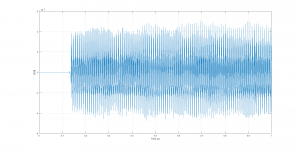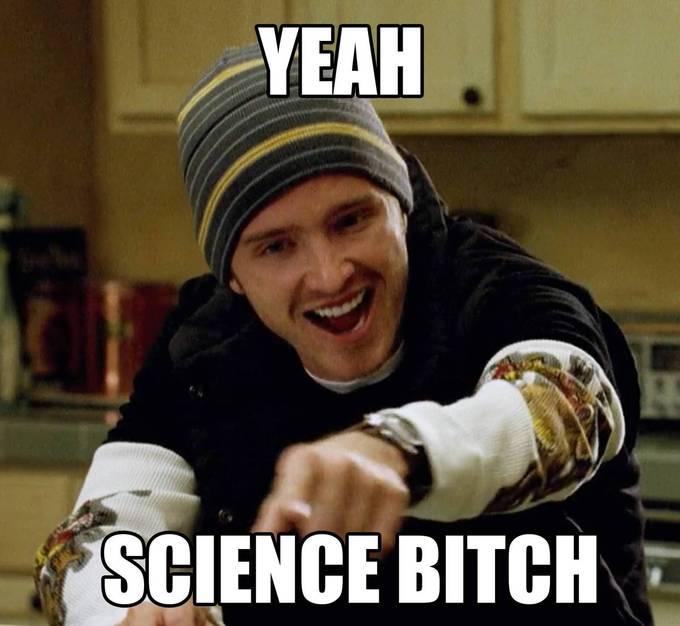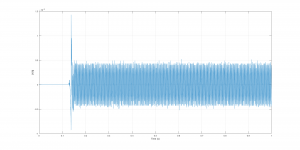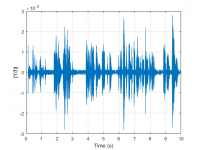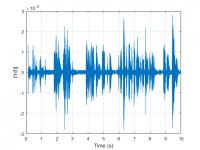I really appreciate everyone's contributions to the forum. Love the threads from @Nape and the owl thread from @Sloppy Mexican
The board might not move as fast as the main board, but I feel like the content quality here has been off the charts.
I want to contribute something that is personal to me and maybe I can help some peeps on here learn something. It might bore your socks off, but bear with me and I think I can make it where people can understand some science things a bit better
I really want to try and demystify this shit right here:
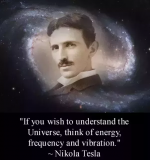
The board might not move as fast as the main board, but I feel like the content quality here has been off the charts.
I want to contribute something that is personal to me and maybe I can help some peeps on here learn something. It might bore your socks off, but bear with me and I think I can make it where people can understand some science things a bit better
I really want to try and demystify this shit right here:


